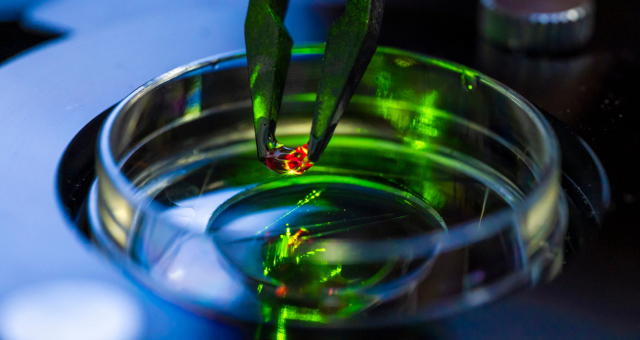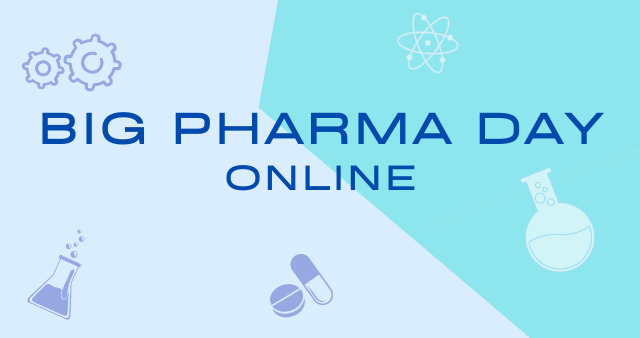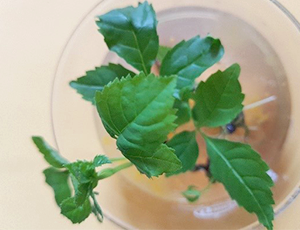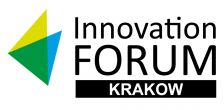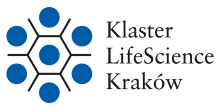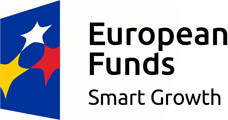
Offered hybrid photocatalysts is based on the thermally expandable polymer microspheres coated by a TiO2 layer. The catalyst has a controllable buoyancy (density).
Organic contaminants in water and waste water
The contamination of drinking water by a organic substances coming from industry, pharmaceutical or pesticide residues becomes more common.
Often, the source of harmful substances is the municipal sewage, where the pharmaceuticals residues and their metabolites are expelled and then cumulated. As the sewage system commonly does not separate it, the surface water often becomes a final collector of many organic contaminants. More, because of the exploitation of this water, the contaminants are spread to other ecosystems.
The pathways of veterinary medicinal product residues or the residues of pesticides widely used in agriculture, which are biologically active, are even shorter.
What is important, these substances negative impact on human health, like chronic toxity effect, endocrine disorders or drug resistance is noticable with very low concentrations.
Therefore, there is a great need to the technologies enabling to treat and depurate the surface water as well as drinking water.
Synthesis method and the advantages
The catalytic systems basing on TiO2 in the form of slurry that have been used so far, have many limitations, like very low sedimentation velocity of TiO2 aggregates. Moreover, the slurry is turbid and consequently the depth of light penetration is small. On the other hand, comparing to photocatalyst suspension systems, the photocatalytic activity of titania in the supported form is typically lower.
Because of the high incompatibility of inorganic crystalline compound such as TiO2 and organic amorphous polymer forming the microspheres, such systems were not widely used so far.
The photocatalysts developed on Jagiellonian University is received on the way of hydrolysis under mild conditions. The deposition of TiO2 on the surface of the microspheres is confirmed in SEM images. Thanks to the floating of photocatalysts particles, the access of light is assured and the surface area is maximized, while the removal and reuse of the material is facilitated.
Operating effects
So far, using the floating TiO2 photocatalysts, the photodegradation of: cephalothin, amoxycilin, sulfamethoxazole as well as ibuprofen and phenol (as the representative compound of wastewater contaminants) was studied and confirmed.
The technology was applied for a patent protection to Polish Patent Office on June, 19th, 2018.
Jagiellonian University Centry of Technology Transfer looks for business opportunity for this technology.
information / broker of Jagiellonian University


